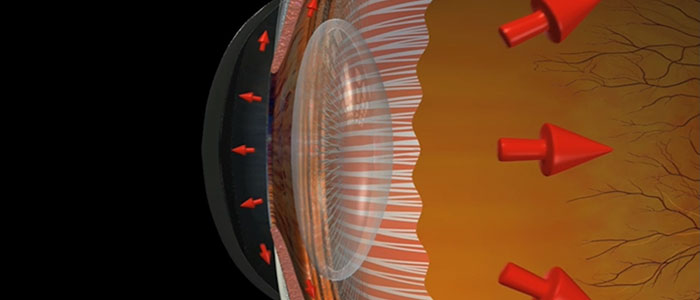
Glaucoma is a disease that affects the optic nerve. The disease causes the nerve cells at the front of the optic nerve to die, which leads to partial or total vision loss. The first two types of glaucoma occur with in an eye that has no structural deformities. They are called Open Angle and Normal Tension Glaucoma.
Open Angle glaucoma, also referred to as chronic glaucoma, normally develops after the age of 35 and is the most common form of glaucoma. It occurs when aqueous fluid builds up and causes the pressure inside your eye to increase. The fluid is not drained properly because of a clog in the trabecular meshwork, a sponge-like, porous tissue which drains fluid from the eye. This happens gradually, with no symptoms. It can lead to partial or total vision loss and can only be detected through routine eye examinations.
The second type of glaucoma affects a small percentage of people and is called Normal Tension glaucoma. It occurs with normal eye pressure and can be attributed to an unusually fragile optic nerve or reduced blood flow to the optic nerve. This trait may be inherited and can only be monitored through routine eye exams.





